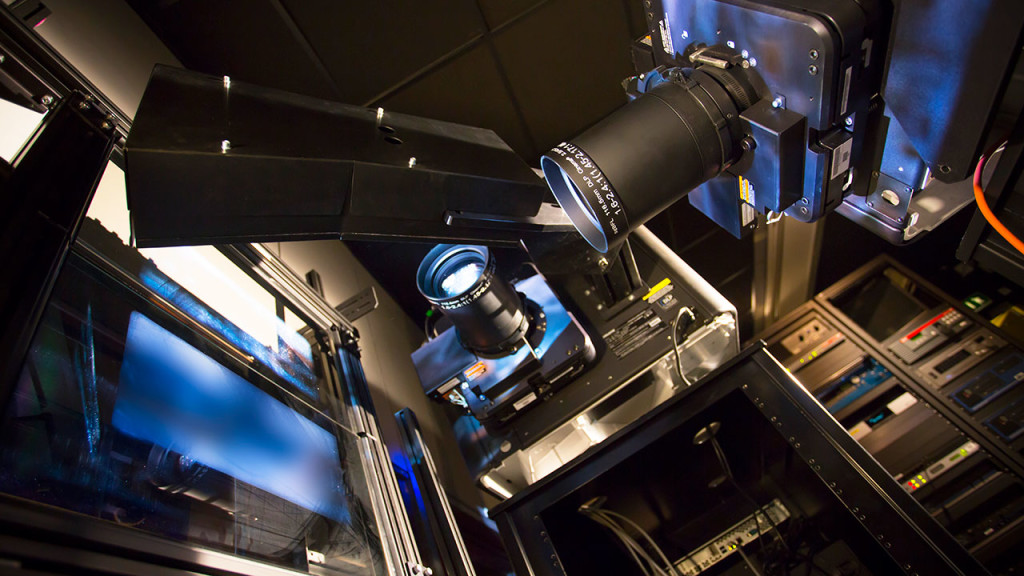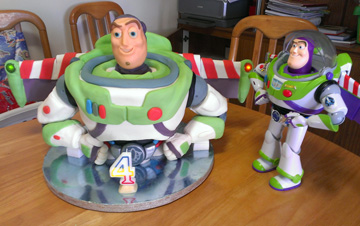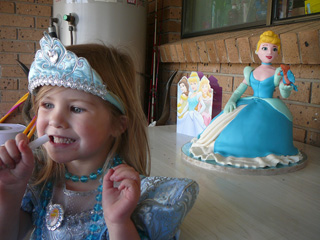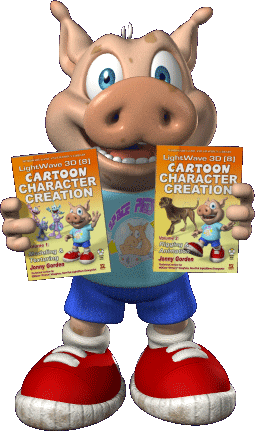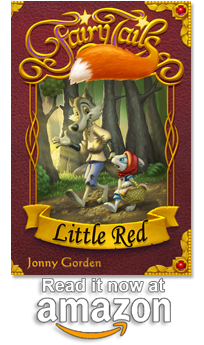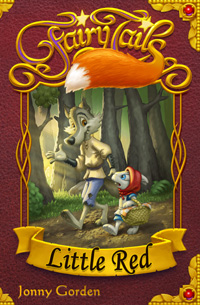
I recently published an illustrated chapter book for 6-9 year old readers called
Fairy Tails: Little Red.
Get the ebook free when you buy the paperback at
Amazon.
I’ll be writing more about my publishing journey, but today I want to share something I created to help me make an important decision – how to get paid.
My ebook was exclusive to Amazon, but the paperback is available through Ingram, and the ebook is now available from Google Play Books, iBooks, B&N, Kobo and more. That potentially leads lots of small payments, which could quickly end up being eaten by fees. Luckily Ingram, Google, Apple all pay one amount in $AUD by EFT into my account – quick and easy. Unfortunately Amazon, KDP (Kindle Direct Publishing) and Createspace, don’t make it quite so easy.
Being in Australia I have three options for being paid by Amazon: Check, Wire transfer, or a service like Payoneer, and two options for being paid by Createspace: Check or Payoneer. At my bank, overseas checks cost $15 for under $2,000, $50 for over $2,000, and can take up to 6 weeks to clear. That immediately puts checks at the bottom of the list. Wire transfer costs $15, regardless of amount, and takes up to 2 days to clear.
Payoneer has different charges depending on whether you sign up as an individual or company. An individual with a Master Card will pay $30/yr plus 1% of each deposit, and 2-2.75% to transfer into your bank account. A company doesn’t have a Master Card, and pays 1% of each deposit and 2-2.75% to transfer to your bank account. The added benefit to both is that you can wait until the exchange rate is favorable before transferring it to your bank account.
Since Payoneer works on a percentage, and wire transfers are a fixed price per deposit, I figured that Payoneer would be the best choice for smaller amounts, and wire transfers would be the best choice for larger amounts. To avoid checks altogether I’ll need a Payoneer account regardless, but for Amazon I wondered what was the tipping point? I wanted to know how much would I need to be earning for wire transfers to be the better option.
There isn’t a simple answer since there are so many variables. How much you’re being paid, from how many territories (each territory is a separate deposit or transfer), and the amount your bank charges can all vary.
I setup a spreadsheet to calculate roughly when wire transfers become a better option than Payoneer, and I found it so interesting and useful that I thought I’d include it here for you to test for your own circumstances.
